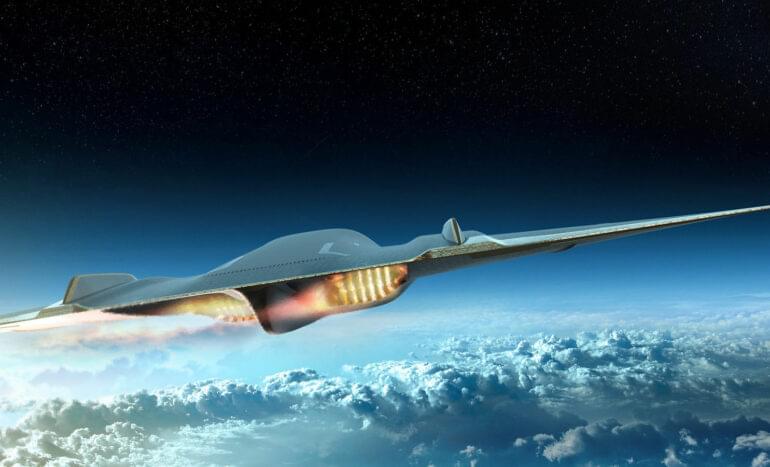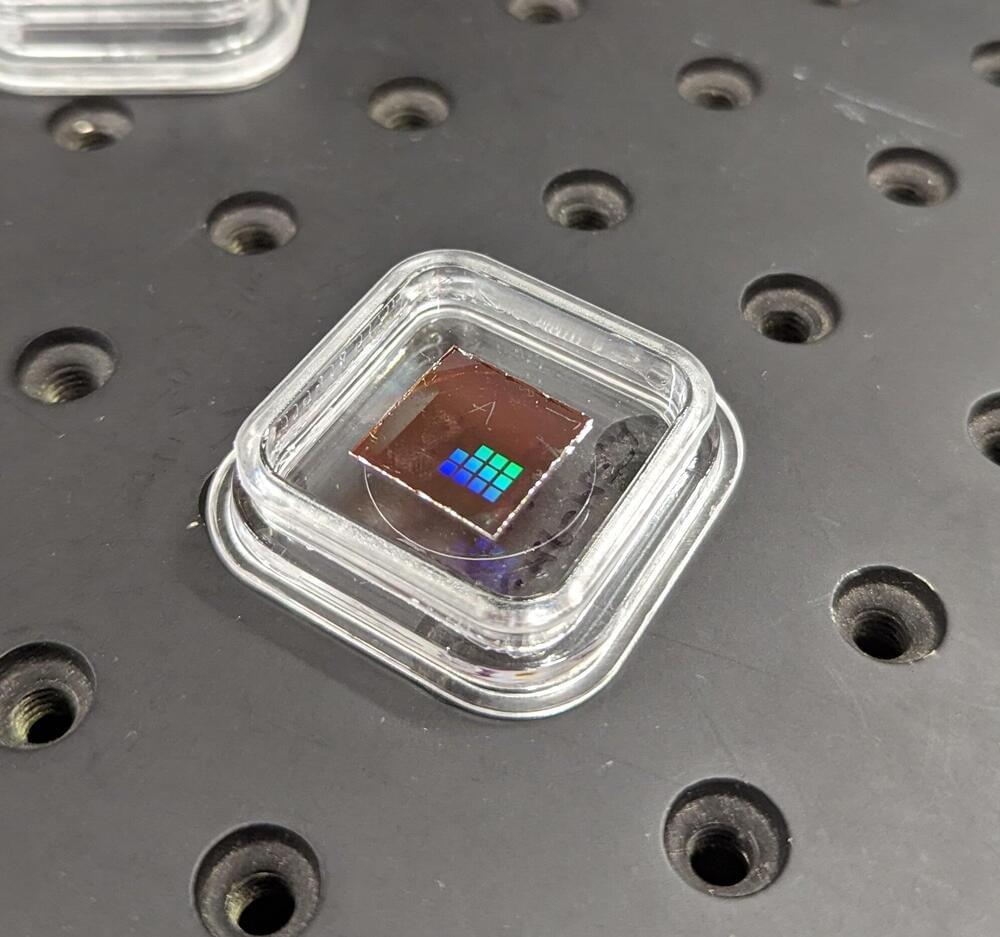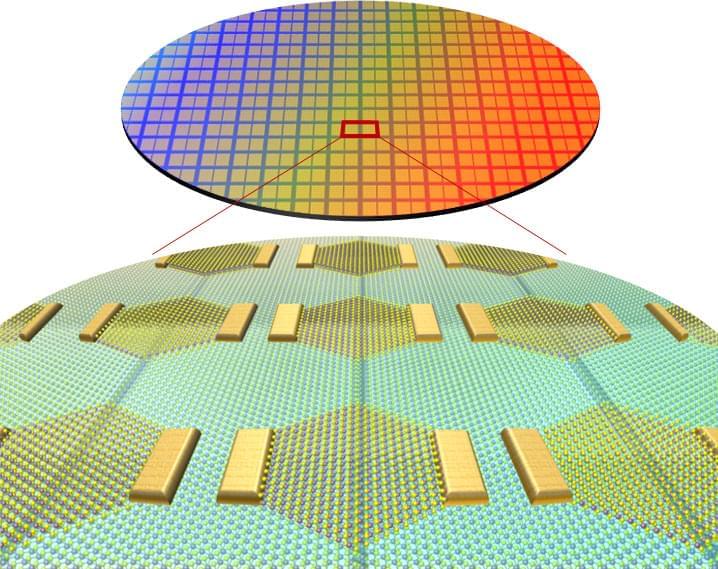
A modern long-range wide-body airliner like the Airbus A350 takes 15 hours of non-stop flying to travel from Los Angeles to Sydney. This makes it one of the longest and most tiring airline routes for passengers. But imagine an aircraft that will reduce travel time between the two cities to just 3 hours. Sounds unrealistic, right? After all, the jet should be capable of flying multiple times the speed of sound to achieve that feat. However, the grandson of aviation giant Bombardier, Charles Bombardier, believes the technology to build such an ambitious aircraft will be available in the foreseeable future. A mechanical engineer by education, Charles leads a nonprofit organization named Imaginactive, which has created multitudes of highly-ambitious, world-changing concepts over the last few years. The Paradoxal hypersonic jet concept is one of them, and it is designed to travel at Mach 24 (nearly 16,000 mph). At this speed, it can fly out of JFK and land at Heathrow, London, covering a distance of 3,450 miles in 11 minutes. Yes, you read that right.

According to its designer, Juan Garcia Mansilla, the development of the Paradoxal concept involved numerous scientists and engineers, including some professionals from NASA. You won’t be wrong if you think the conceptual hypersonic aircraft looks like a futuristic version of the B2 stealth bomber. Both of them are strikingly similar to the peregrine falcon, the world’s fastest bird, during its dive to catch its prey.
Also read — Inspired by the Viking Ships and aptly named ‘Norway’ — This 528-foot long superyacht concept has solar sails, a sky elevator, cinema, supercar garage and even a hospital.


















